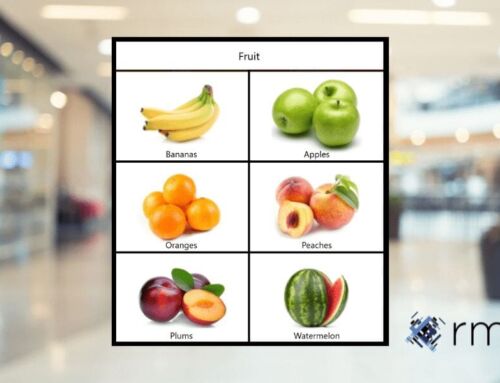Author
Tommy Chapman
Share
Bricks and Clicks
It has undoubtedly been a tough few years for the high street with many shops closing and the loss of many big-name brands. However, it is possible to breathe life into bricks and mortar retail stores with e-commerce.

The internet is often blamed for the demise of the high street, as more and more shoppers order goods from the comfort of their homes and spend less time in bricks and mortar stores. However, this simple argument demonstrates a lack of understanding of how digital works in the retail environment.
Instead, retailers should use and embrace the internet to breathe new life into our high streets, not only can this save big names, it can also champion smaller, independent retailers. This retail mix is the life blood of the British high street and every successful shopping street needs to contain both.
E-commerce and customers
Customers use e-commerce for choice and convenience and even when they visit the high street, many will have done their research online before heading out. Shoppers like to know what shops are available locally and if they’ll be able to find what they want in store.
Click and collect buying is becoming increasingly popular, with over half of shoppers preferring to use in store click and collect to make a quick purchase without paying extra delivery charges or having to wait in for a courier.
Retailers need an online presence
However, almost half of UK independent retailers do not have a selling presence online.
These retailers face three main challenges when it comes to the adoption of e-commerce – time, cost and know-how. In reality, their expertise is all about finding great products and creating a compelling buying experience, not building websites and integrating online shopping carts.
But high street retailers must not ignore e-commerce – it’s here to stay and will continue to dominate, even though there are signs of a return to physical high street shopping. Retailers need to find an e-commerce solution that is affordable and technologically simple, and which comes with access to expert support.
Bricks versus clicks
Research also showed that 93% of online consumers stated they also shop in physical stores, with 82% of Generation Y being omni-channel shoppers. It seems more people are beginning to realise the limitations of online shopping and the importance of face-to-face interactions in their daily lives. These interactions can be part of a great buying experience, a friendly, knowledgeable, and helpful salesperson can help you feel great about a purchase.
Ethical and environmental concerns are also beginning to drive consumers to change their shopping habits both online and off. Since 2015 ‘near me’ searches have doubled year-on-year. This suggests that people are beginning to seek out more locally produced and sold items. Consumers online are also still very loyal to local UK based sellers.
The high street can harness the internet
A strong online presence can help to boost visits to the high street by giving consumers the ability to search by location for specific products and the option of click and collect.
Enhancing in store service
A great in-store experience that promotes and integrates its digital channels will encourage customers to seek that retailer out for their next online purchase.
Larger retailers such as John Lewis and Apple Stores use their shops more like showrooms, providing customers with the opportunity to touch, feel and try out their products, and benefit from extra customer service offerings such as technical support, personal shopping and home design services.
Small independent retailers can also adopt this approach and provide customers with expertise-focused extras that support and enhance the online shopping experience.
Understanding customers better
Data plays a huge role in an omni-channel strategy. What you learn from your online sales will help you to tailor in-store experiences towards your customers’ profile and preferences. Websites, e-commerce channels and social media are not just opportunities to promote your goods to a wider audience, they enable you to interact and study the shopping and buying behaviours of customers, helping to tailor both the in-store service and online offering.
Use social
Social media provides the most cost-effective way to conduct valuable market research and behaviour studies. It allows retailers to analyse page analytics and activity patterns, the types of posts followers respond to, to conduct polls on likes and dislikes, and in addition, keep an eye on the competition.
CONCLUSION
With access to e-commerce becoming easier and more affordable, traditional bricks and mortar stores and digital shopping can and should grow together, helping high street retailers build strong relationships with customers.
The retail landscape is changing but if retailers embrace e-commerce, the future for bricks and mortar retailers on our high streets is indeed bright!
A solution – RMS are proud to offer OpSuite, one of the premier retail management solutions in the marketplace today and a firm favourite with omni channel retailers because of the suite of incredible benefits and competitive advantage that it brings. Contact the RMS team to find out more.
Key Terms
Share:
Sign up now for news and special offers!
Join our Newsletter
*We are collecting your email information in order to add you to our newsletter recipient list. You can unsubscribe from our communications at any time. You can do this by contacting us or by clicking the unsubscribe button on any of our communications with you.
You can find more information about the details we hold about you and the way we use them in our privacy policy, and you can access this here or we can send you a copy.




